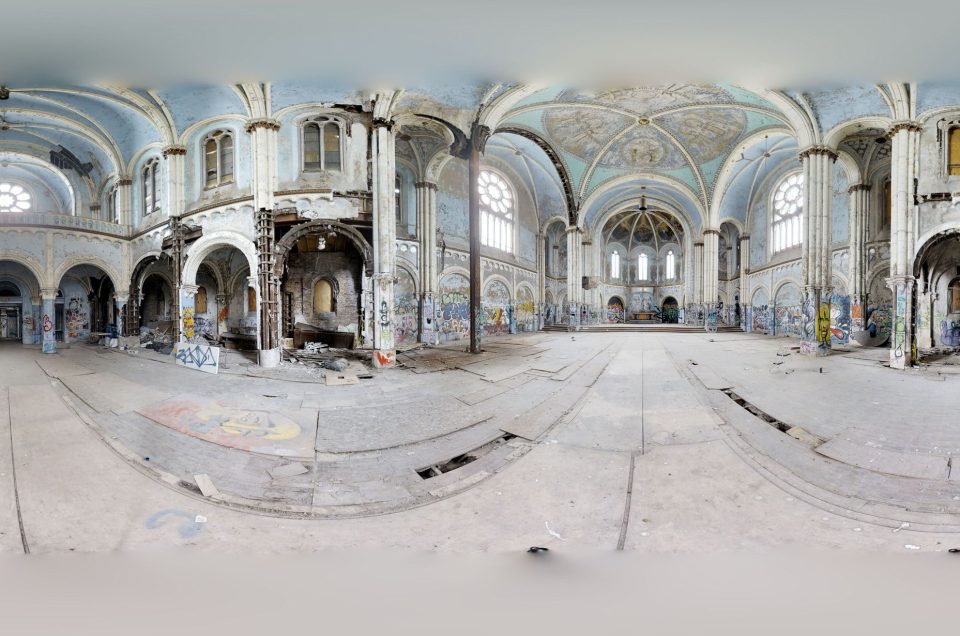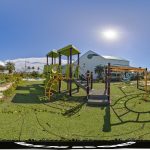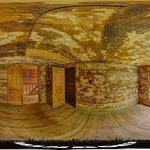Joe Taranto Seafood Company
Virtually explore the Joe Taranto Seafood Company building in Apalachicola, Florida with the 360-degree virtual tour below. There are nine 360-degree panoramic images in the virtual tour so make sure you look around all nine images. Do you like urban exploring? Here is a map with tons of GPS locations for you to get out and explore.
Click here to view it in fullscreen.
Here is an 8K 360Vr video of the abandoned Florida property
About the property.
Built in 1930, this 6,454 square foot building was originally opened by Joe Taranto and later taken over by son Anthony. The Joe Taranto Seafood Company has been closed since the mid-90s and the building has since survived heavy storms and even one of the most destructive hurricanes in Florida history, Hurricane Michael in 2018.
Do you find abandoned restaurants interesting? You might want to view the abandoned Crab Factory or the abandoned home in Chiefland, Florida virtual tours as well. You can also check out our top abandoned places in Florida page.
View more abandoned properties in Florida.
Do you have 360-degree panoramic images captured in an abandoned location? Send your images to Abandonedin360@gmail.com. If you choose to go out and do some urban exploring in your town, here are some safety tips before you head out on your Urbex adventure.
Equipment used to capture the 360-degree panoramic images:
- Canon DSLR camera
- Canon 8-15mm fisheye
- Manfrotto tripod
- Custom rotating tripod head
If you want to start shooting 360-degree panoramic images, you might want to look onto one-click 360-degree action cameras.
Click on a state below and explore the top abandoned places for urban exploring in that state.







3 Comments
[…] restaurants interesting? You might want to view the abandoned Crab Factory or the abandoned Joe Taranto Seafood Company virtual tours as […]
[…] other amazing abandoned Florida properties you might be interested in – The Joe Taranto Seafood Company, An abandoned assisted living facility, or this abandoned house in […]
[…] interesting? You might want to view the abandoned Wicked Willie’s or the abandoned Joe Taranto Seafood Company virtual tours as […]